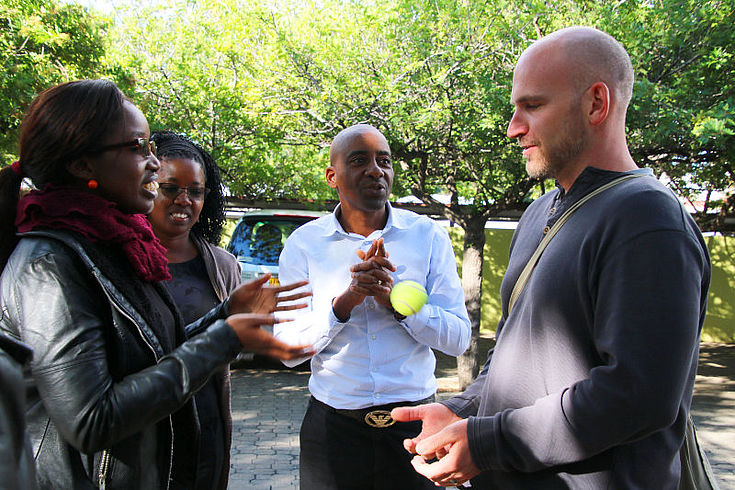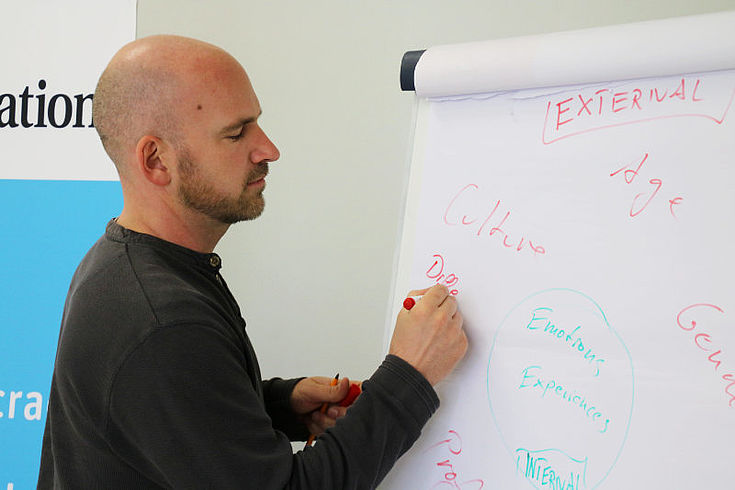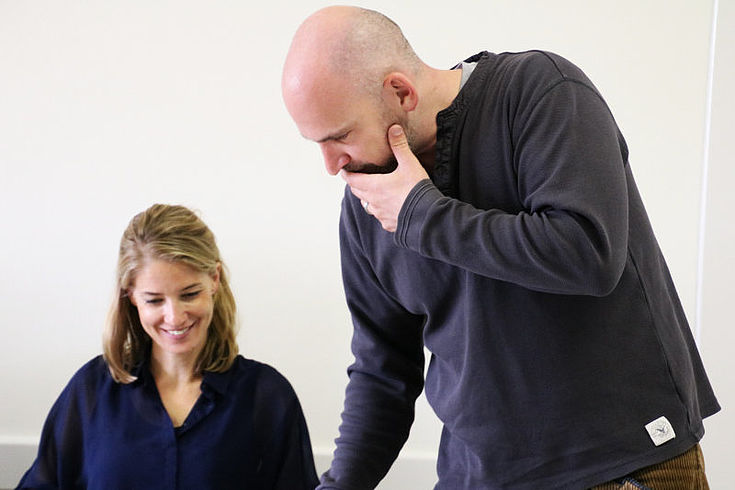3 Examples Of Communication Exercises In Brief:
The Art Of Listening:
A recounts an emotional story, B listens and C observes the process. B then summarises the story with the most important facts, including how A must have felt.
Non-verbal Communication:
People are joined together by their arms in a circle. Each picks a spot within their view. Through non-verbal communication, each individual spot has to be reached with the whole group.
The Ball Game:
Everyone gathers in a circle. A Tennis ball is thrown to an opposite person while calling their name. With time, more tennis balls are added. A mix of verbal and non-verbal communication should ensure that no balls drops to the floor.





